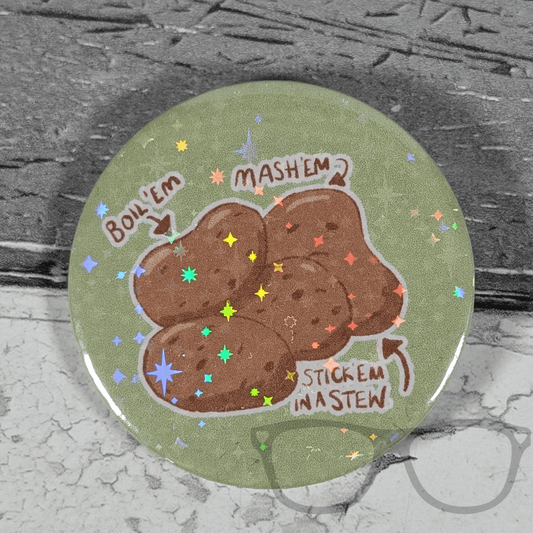
Robin Hood: Fact v Fiction
Share
Introduction
Robin Hood and his band of Merry Men, the outlaws who stole from the rich to give to the poor, have become cultural icons over the centuries. He represents the spirit of the common man, standing up against the injustices of the powerful. But how much of the Robin Hood legend is rooted in fact, and how much has been romanticised over time?
This article explores the origins of the Robin Hood stories, their historical context, the legendary figures who surrounded him, and how modern culture has kept the tales alive. Along the way, we separate Robin Hood facts from fiction to give a clearer picture of England’s most famous outlaw.
Origins of the Legend
The earliest written reference to Robin Hood appears in the fourteenth-century poem Piers Plowman, although he was already well known as a folk hero. In an era when few people could read, stories about Robin Hood were passed down orally, changing slightly with each retelling.

Interestingly, the name “Robin Hood” may not have referred to a single person at all. Historical records show that it was sometimes used as a generic term for an outlaw, particularly in northern England, where the legend is most firmly rooted.
Sherwood Forest, the setting for many Robin Hood tales, was much larger in medieval times than the woodland we see today. Covering around 100,000 acres, it offered an ideal hideout for outlaws and a dramatic backdrop for daring adventures. Stories of Robin Hood’s exploits extend far beyond Nottinghamshire, reaching as far as Wolverhampton and Robin Hood’s Bay on the north east coast.
Historical Accuracies
The true identity of Robin Hood remains uncertain. Some sources suggest he was Robert of Loxley, born in South Yorkshire around 1160, while others link him to a man from Wakefield in 1322. Another theory portrays him as a dispossessed nobleman whose lands were seized during Prince John’s rise to power.
Over time, the stories were embellished, creating the heroic figure we know today. In reality, Robin Hood was probably a composite of several outlaws who operated across Sherwood Forest, rather than a single man fighting solely for the poor.
His Merry Men and Maid Marian
Robin Hood’s companions are as legendary as he is. Little John, Friar Tuck, and Will Scarlet all appear in the stories, but their historical existence is uncertain. Some names appear in old ballads and local traditions, while others, like Friar Tuck, were added in later centuries.
Maid Marian, now one of the most famous figures in the Robin Hood legend, was introduced around the sixteenth century. Likely borrowed from French pastoral plays and May Day celebrations, she added romance to the stories and helped portray Robin Hood as both a heroic outlaw and a lover.

As with Robin Hood himself, these characters were probably drawn from folklore and stitched together to create a colourful cast of outlaws.
The Area: Sherwood Forest and the Major Oak
Sherwood Forest is central to the Robin Hood legend, yet its landscape has changed drastically over time. In medieval England, it stretched over 100,000 acres, offering cover for outlaws and a dramatic setting for Robin Hood tales. Today, it covers just over 1,000 acres, but it remains a symbol of the stories.
The Major Oak, a huge tree often said to have been Robin Hood’s hideout, is another iconic feature. Its name was only coined in the last 200 years, yet it continues to capture the imagination of visitors, standing as a living reminder of the legend.
Nottingham, the Sheriff, and Saxon-Norman Tensions
Nottingham is often at the heart of the Robin Hood stories. While the city played an important role in medieval England, the Sheriff of Nottingham, the archetypal villain in the tales, was not formally established until the fifteenth century. Law enforcement in the region was historically overseen by the High Sheriff of Nottinghamshire, Derbyshire, and the Royal Forests.
King John, frequently portrayed as Robin Hood’s nemesis, did strengthen Nottingham Castle and rule harshly during his reign, but his direct involvement in Robin Hood stories is minimal. The tales exaggerate his presence, creating a compelling villain for the legend rather than reflecting strict history.
Saxon versus Norman tensions also influenced the stories. Following the Norman Conquest of 1066, Saxons often faced oppression under Norman rulers. Many Robin Hood tales cast him as a Saxon hero resisting Norman injustice, blending history and legend to create dramatic narratives of rebellion and resistance.
Robin Hood in Modern Culture
The Robin Hood legend has continued to evolve over centuries. From medieval ballads to Victorian literature, theatre, and Hollywood films, each retelling reflects the concerns and values of its time.

In literature, Robin Hood was often portrayed as a chivalrous hero with clear moral values, while theatre and cinema added action, romance, and adventure. Characters like Maid Marian, Little John, and Friar Tuck became iconic figures, even if their historical existence remains doubtful.
Modern adaptations explore themes such as social justice, rebellion against corrupt authority, and inequality, keeping the legend relevant for contemporary audiences. The enduring popularity of Robin Hood demonstrates how a story can transform across generations while remaining instantly recognisable.
Conclusion
Despite the historical inaccuracies, Robin Hood remains one of the most enduring legends of English culture. From his daring exploits in Sherwood Forest to his clever resistance against corrupt authorities, he embodies the spirit of fighting on behalf of the oppressed. Over the centuries, stories of Robin Hood have transformed him into a grand and romantic hero, capturing the imagination of generations.
More than 700 years after he was first mentioned in medieval ballads, Robin Hood continues to inspire, whether through literature, theatre, film, or popular culture. His legend is a testament to the enduring power of storytelling, and long may he continue to captivate audiences as a symbol of justice, courage, and adventure.
Shop the Merry Adventures of Derek and Irene Collection here
Resources for Further Reading




